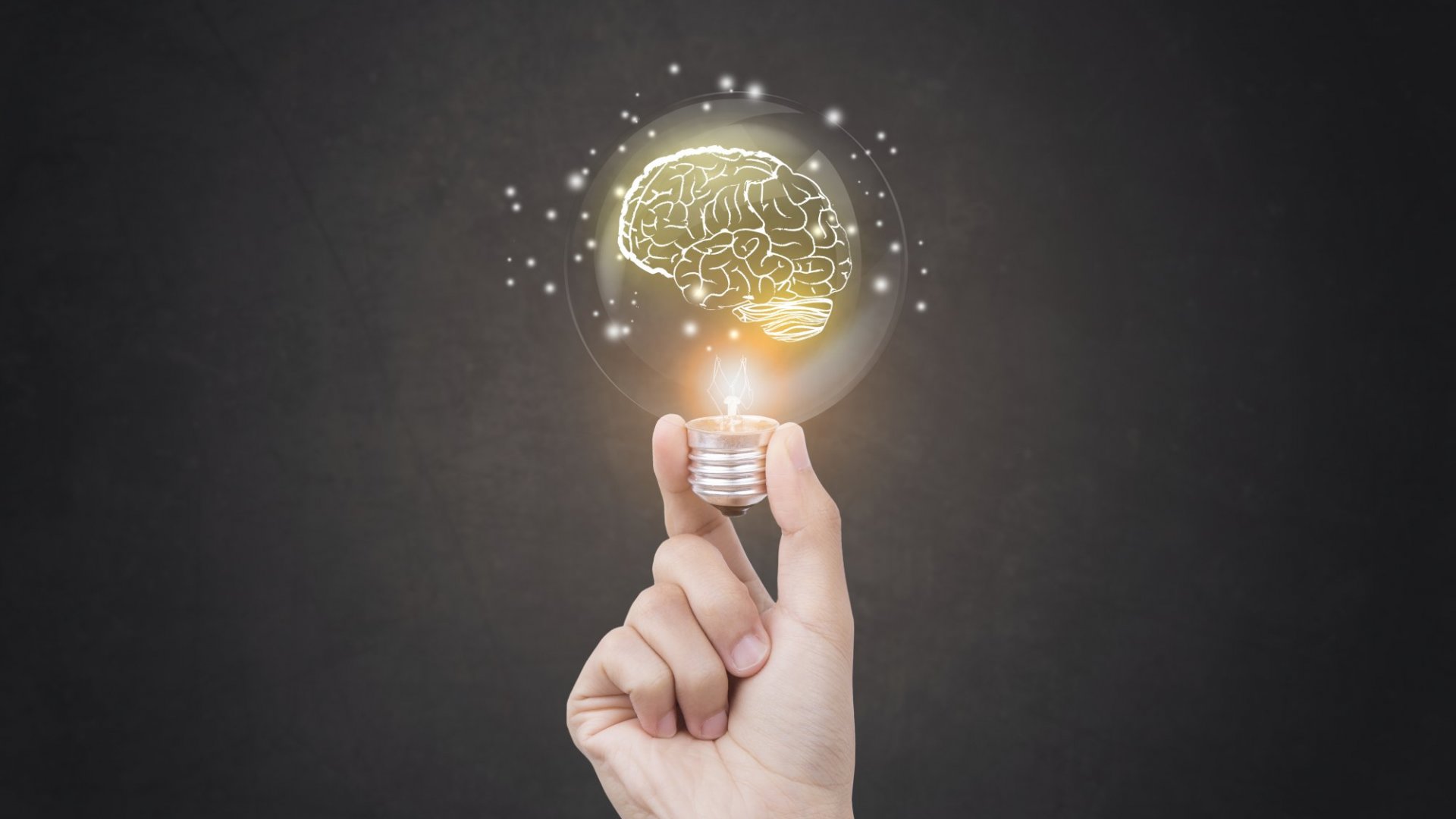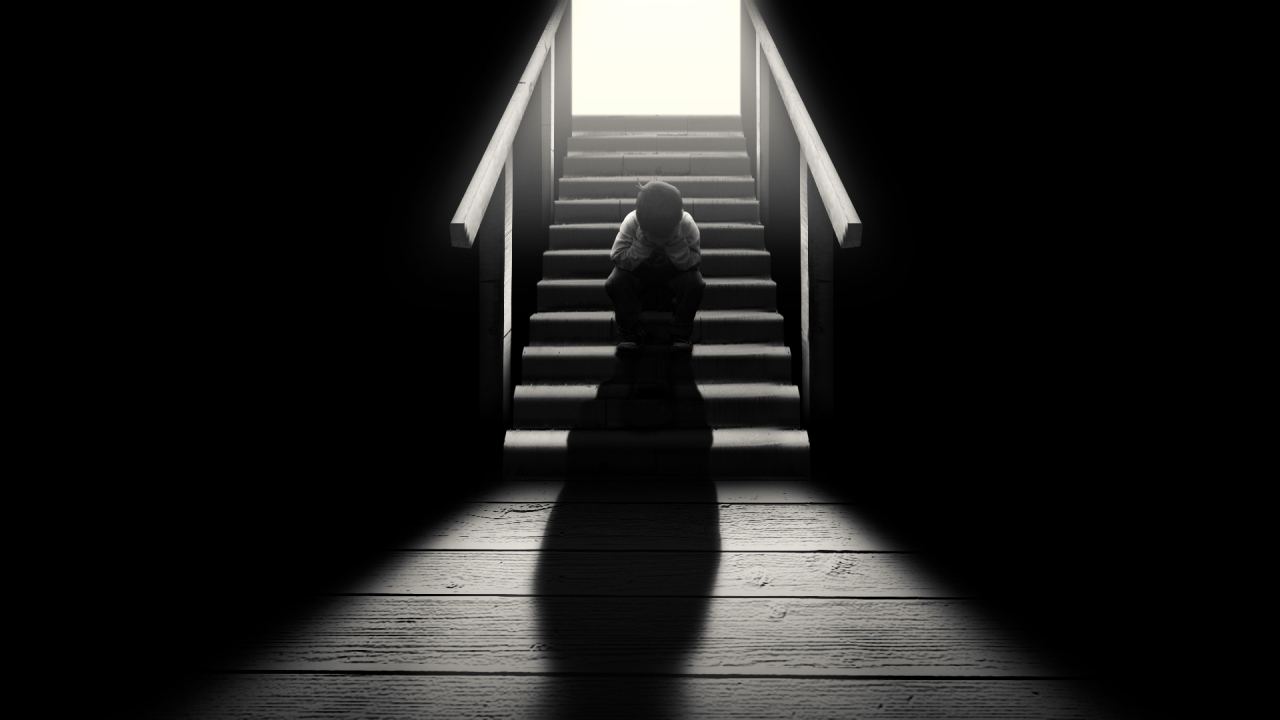
Memory improvement
Please give some tips for memory improvement.
If one works at it, an incredible amount of information can be retained in memory. Experts in any fields have excellent memories for material in their areas of proficiency. The more one already knows about something, the better one remembers material; thus chess masters encode and store more chess information in a short time than do novices, baseball experts remember more about a game they have watched on television than those who do not appreciate the intricacies of the game, a psychology student reading this article remembers more of it than does a beginning student. In other words, the larger a person’s knowledge base, the better that person’s memory of anything related to that base will be. Some people have super memories without large knowledge bases and without much effort to remember. They are naturally good. They have what is called as synthesia – an input in one sensory channel aroused images in another sense. They try to form vivid images of what they are trying to think. Hence they can store tremendous amounts of knowledge. Mnemonics refers to memory improvement techniques. Most of them rely on linking, or association of the to be remembered material with a systematic and organized set of images or words that are already firmly established in long-term memory and can therefore serve as reminder cues. For e.g. the colours of the rainbow are remembered as VIBGYOR for violet, indigo, blue, green, yellow, orange and red. The other method is called as loci. The word loci means places. Here you need to imagine a building and its rooms. The list of things you want to remember is started by imagining them in the various rooms of the building. The trick is to make associations with as many rooms and items of furniture as needed and take a mental tour of the rooms. In the number-peg and letter-peg system, the main idea of these systems is to establish in your long-term memory, a well organized set of images to which the to be remembered items can be linked. In numbers systems, you form an image with each number. For instance, a rhyming system can be used for the numbers – 1 is a bun, 2 is a shoe, 3 is a tree, 4 is a door and so on. Now when you have a list to remember, you can associate the items on the list with your images of the numbers. If the first item on a grocery list is coffee, imagine a steaming cup of coffee next to a plate of buns, if the second item is hamburger, imagine a giant shoe squashing the hamburger into a patti and so on. Letter systems are similar to this but for 26 items. The next method is to tell stories to yourself. Relate the things to be remembered by a made up story. The story starts with the first item on the list and in order, each succeeding item is worked in. Doing this gives coherence and meaning to otherwise unrelated items; it is an elaborate form of encoding information. All of these can be easily done by the help of written notes. However, the socially important business of associating names with faces is a different matter; we have no notes to help us with this. We should 1) hear the name clearly when introduced, 2) repeat the name when acknowledging the introduction, 3) if the name is unusual, politely ask our new acquaintance to spell it. While we are making sure we have heard and rehearsed the name, we should be paying close attention to the individual’s face. The facial features like eyes, ears, eyebrows, nose or the voice quality is important. Almost everybody will have one or several features that can be elaborated, exaggerated, or perhaps even caricatured as in a cartoon to form a distinctive memory image that can be related to the person’s name. Another method is called as chunking. This is good for remembering numbers like telephone numbers and credit card numbers. Break the number into chunks and remember them as dates. Finally, what is called as photographic memory. The technical term is eidetic imagery. Such images are clear mental impressions that can last up to several minutes but that, after they have been faded or been blanked out by another new image cannot be recalled. They are just stories.



